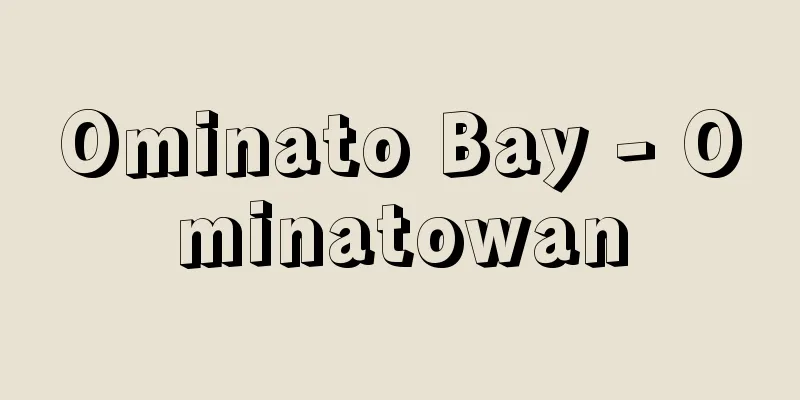Mameitagin - Mameitagin

|
Silver coins from the Edo period. They are also called kodama silver or kotsubu silver. They are weighted coins and are round in shape. Most weigh around 5 momme (18.75 grams), but the weight was not consistent, ranging from 1 momme (3.75 grams) to 10 momme (37.5 grams). Mameita silver was made in Ginza with the same quality as chogin silver, and one of the following seals was struck as a mark: "Joze," "Takara," or the image of Daikoku. Mameita silver played a supporting role to chogin silver, and was used to fill the fixed amount when chogin silver was sealed. Later, when counted coins of 5 momme silver, 2 shu silver, and 1 shu silver were made, it lost its importance as a currency. [Takeo Takizawa] [Reference] |Source: Shogakukan Encyclopedia Nipponica About Encyclopedia Nipponica Information | Legend |
|
江戸時代の銀貨。小玉(こだま)銀、小粒(こつぶ)ともいう。秤量(ひょうりょう)貨幣で、形は丸い小塊。重さは5匁(18.75グラム)前後のものが多いが、1匁(3.75グラム)から10匁(37.5グラム)内外まで一定していなかった。豆板銀は銀座において、丁銀(ちょうぎん)と同じ品位でつくられ、「常是(じょうぜ)」「宝」および大黒(だいこく)像のうち一つが極印(ごくいん)として打たれた。豆板銀は丁銀の補助的役割を果たし、丁銀が封包(ふうづつみ)されるとき、その定量を満たすのに利用された。のちに計数貨幣の五匁銀、二朱銀、一朱銀がつくられると、通貨としての重要性が失われた。 [滝沢武雄] [参照項目] |出典 小学館 日本大百科全書(ニッポニカ)日本大百科全書(ニッポニカ)について 情報 | 凡例 |
<<: Japanese beetle (Popillia japonica)
Recommend
political question
...refers to acts of a state that have a highly p...
Bolesław Prus
Polish novelist. His real name was Aleksander Gło...
Absorption edge
…In general, the absorption coefficient μ decreas...
Agricultural Cooperative Association - nougyoukyoudoukumiai
An agricultural cooperative is a cooperative busi...
Ezo hare daisy - Ezo hare daisy
...The flower head is 4-5.5cm in diameter, with b...
Niobium and tantalum mineral
A mineral containing niobium (Nb) and tantalum (Ta...
Right fielder - Uyokushu
In baseball, the outfielder who plays to the right...
Fujufusseha - Fujufusseha
A sect of the Nichiren sect. "Fusekuyo"...
Rio Grande do Sul
A state in southern Brazil, located at the souther...
Paulo Afonso Falls - Paulo Afonso Falls (English name) Cachoeira de Paulo Afonso
Located on the western edge of Alagoas state, abou...
Phanariot (English spelling)
The original meaning of the term was the inhabitan...
Tsukigase [Village] - Tsukigase
A village in Soegami District, in the northeastern...
Concours Musical International Reine Elisabeth
This competition was founded by Elisabeth, wife of...
Kinshin Tencho - Kinshin Tencho
…Modulations are often used when there is no chan...
penny paper
…(1) A popular paper in New York, USA. It was fir...









